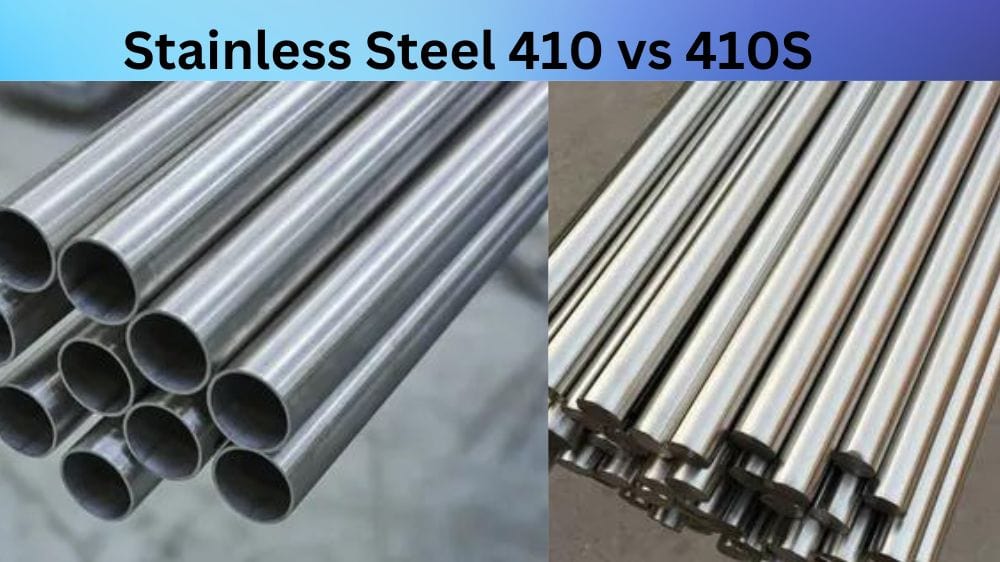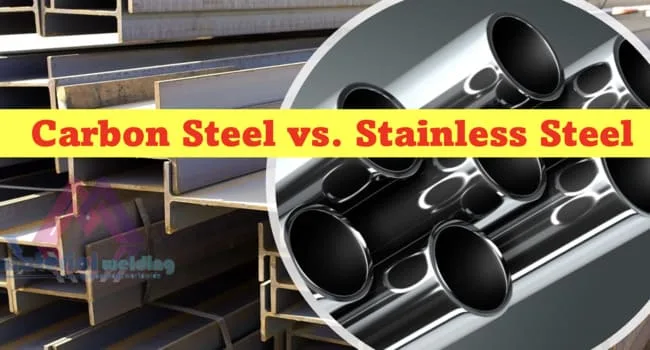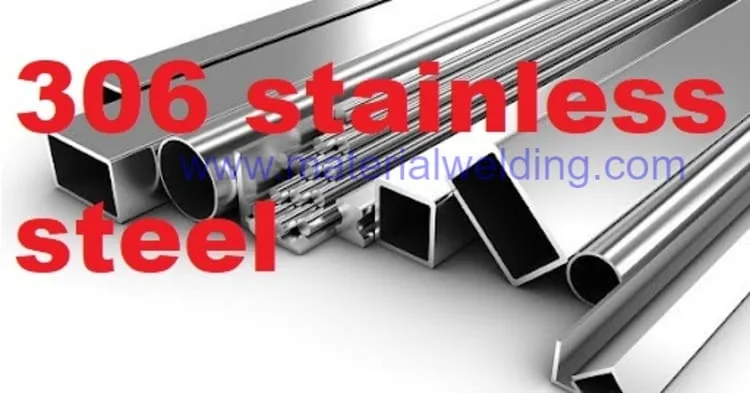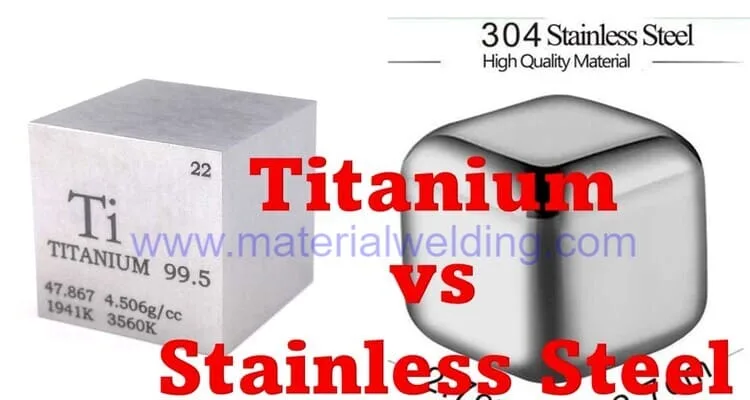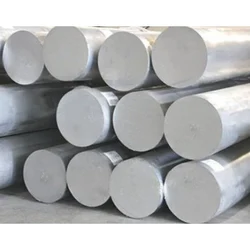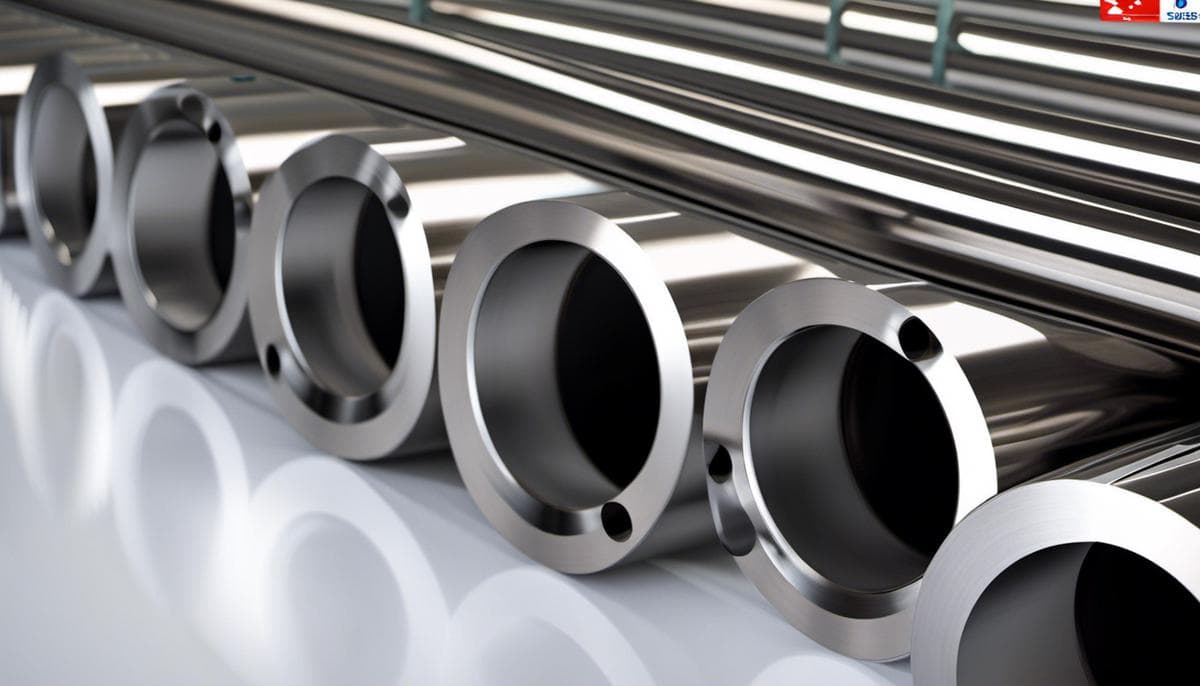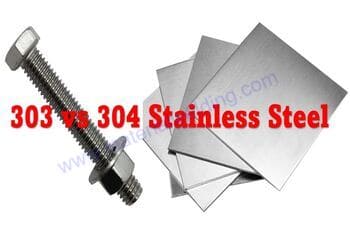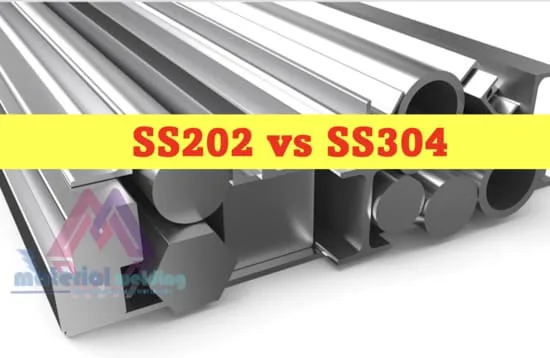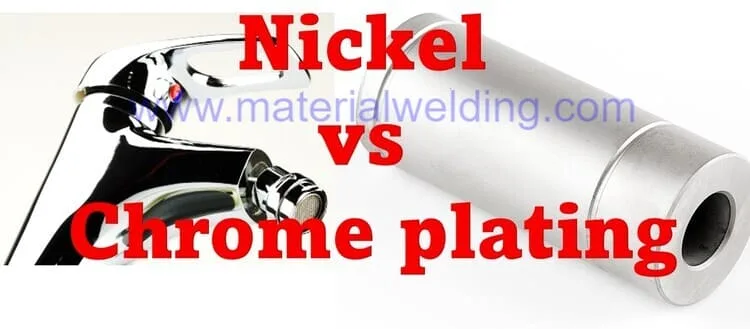410 vs 316 Stainless Steel
When it comes to choosing the right stainless steel for your project, a thorough understanding of the differences between various types is essential. In this article, we will focus on two popular stainless steel grades: 410 and 316. We’ll explore their chemical and mechanical properties, common applications, and key differences to help you make an informed decision.
410 Stainless Steel
Type 410 stainless steel is a martensitic grade known for its excellent corrosion resistance, high strength, and hardness. It is a general-purpose steel often used in cutlery, fasteners, and valves due to its good wear resistance and ability to withstand higher temperatures.
Chemical Properties
The chemical composition of 410 stainless steel as per ASTM A240 specification typically includes:
- Chromium: 11.5-13.5%
- Carbon: 0.08-0.15%
- Manganese: 1% max
- Silicon: 1% max
- Phosphorus: 0.04% max
- Sulfur: 0.03% max
Mechanical Properties
410 stainless steel exhibits the following mechanical properties as per ASTM A240 specification:
- Tensile strength: 480-700 MPa
- Yield strength: 275-345 MPa
- Elongation: 20-25%
- Hardness: 40-45 HRC
316 Stainless Steel
Type 316 stainless steel is an austenitic grade known for its excellent corrosion resistance, particularly against chloride and other harsh environments. It is commonly used in marine, chemical, and pharmaceutical applications due to its superior resistance to pitting, crevice corrosion, and stress corrosion cracking.
Chemical Properties
The chemical composition of 316 stainless steel as per ASTM A240 specification typically includes:
- Chromium: 16-18%
- Nickel: 10-14%
- Molybdenum: 2-3%
- Carbon: 0.08% max
- Manganese: 2% max
- Silicon: 1% max
- Phosphorus: 0.045% max
- Sulfur: 0.03% max
Mechanical Properties
316 stainless steel exhibits the following mechanical properties as per ASTM A240 specification:
- Tensile strength: 515-690 MPa
- Yield strength: 205-310 MPa
- Elongation: 40-50%
- Hardness: 95 HRB max
Comparison of 410 and 316 Stainless Steel
Here is a comparison table highlighting the differences in chemical and mechanical properties between 410 and 316 stainless steel:
| Property | 410 Stainless Steel | 316 Stainless Steel |
|---|---|---|
| Type | Martensitic | Austenitic |
| Chromium | 11.5-13.5% | 16-18% |
| Nickel | Absent | 10-14% |
| Molybdenum | Absent | 2-3% |
| Carbon | 0.08-0.15% | 0.08% max |
| Tensile Strength | 480-700 MPa | 515-690 MPa |
| Yield Strength | 275-345 MPa | 205-310 MPa |
| Elongation | 20-25% | 40-50% |
| Hardness | 40-45 HRC | 95 HRB max |
| Corrosion Resistance | Good | Excellent |
| Pitting Resistance | Moderate | High |
| Stress Corrosion Cracking | Moderate | High |
| Magnetic Properties | Magnetic | Non-magnetic |
| Heat Resistance | Good | Moderate |
| Weldability | Fair | Excellent |
| Formability | Limited | Good |
| Cost | Lower | Higher |
| Applications | Cutlery, fasteners, valves | Marine, chemical, pharma |
| Toughness | Moderate | High |
Applications
410 Stainless Steel Applications
- Cutlery and kitchen utensils
- Fasteners, screws, and bolts
- Pump and valve components
- Steam and gas turbine parts
- Dental and surgical instruments
316 Stainless Steel Applications
- Marine components and hardware
- Chemical processing equipment
- Pharmaceutical equipment
- Heat exchangers and condensers
- Architectural and structural applications
410 vs 316 Stainless Steel: The Verdict
When choosing between 410 and 316 stainless steel, consider the specific requirements of your application. If you need a material with higher strength, hardness, and wear resistance, 410 stainless steel is an excellent choice. In contrast, if you require a material with superior corrosion resistance, particularly in harsh environments, 316 stainless steel is the preferred option.
Both 410 and 316 stainless steel offer unique benefits, and understanding their differences will help you make the best choice for your project. Take the time to assess your specific needs, and consult with a material expert if necessary to ensure you select the right stainless steel for your application.
